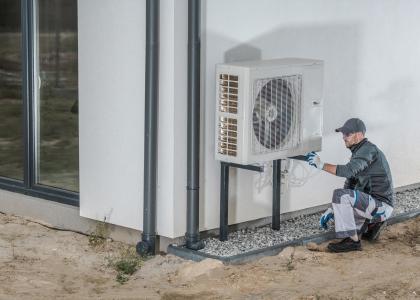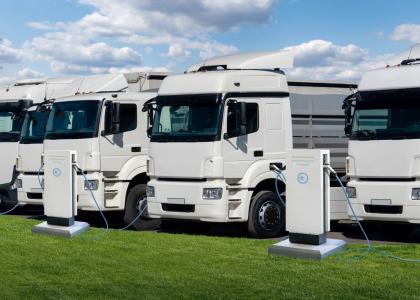Statement of Therese Langer, Transportation Program Director
ACEEE welcomes the EPA’s final determination that greenhouse gas emissions standards for light-duty vehicles of model year (MY) 2022-2025 remain appropriate in light of the information available to date. The standards will save consumers tens of billions of dollars at the pump, will help ensure that domestic automakers continue to be at the forefront of global advances in auto technology, and are essential to keeping the United States on course to meet its climate goals.
EPA’s determination affirming the standards through MY 2025 is part of the “midterm evaluation” required under the 2012 rule setting standards for MY 2017-2025. For many years, automakers had emphasized the critical importance of adequate lead time for achieving substantial increases in fuel economy and reductions in greenhouse gas emissions. At the same time, they voiced concern that standards set well in advance might overshoot the levels that would seem appropriate as the model years approached. Yet vehicle efficiency technology advances are now in fact outpacing the agencies’ earlier projections, and EPA’s action should allow the highly successful program of vehicle standards to proceed as planned.
The agency’s determination is based upon a thorough draft Technical Assessment Report (TAR) issued last July by EPA, the National Highway Traffic Safety Administration, and the California Air Resources Board, as well as stakeholders’ comments on the TAR and EPA follow-up work. The analysis shows that the standards are still achievable and cost-effective despite lower oil prices, partly due to the emergence of technologies not contemplated in the compliance packages the agencies constructed for the 2012 rulemaking. Taken together, increases in vehicle standards for the period MY 2012-2025 will nearly double the fuel efficiency of cars and light-trucks relative to MY 2010.
The American Council for an Energy-Efficient Economy acts as a catalyst to advance energy efficiency policies, programs, technologies, investments, and behaviors.



